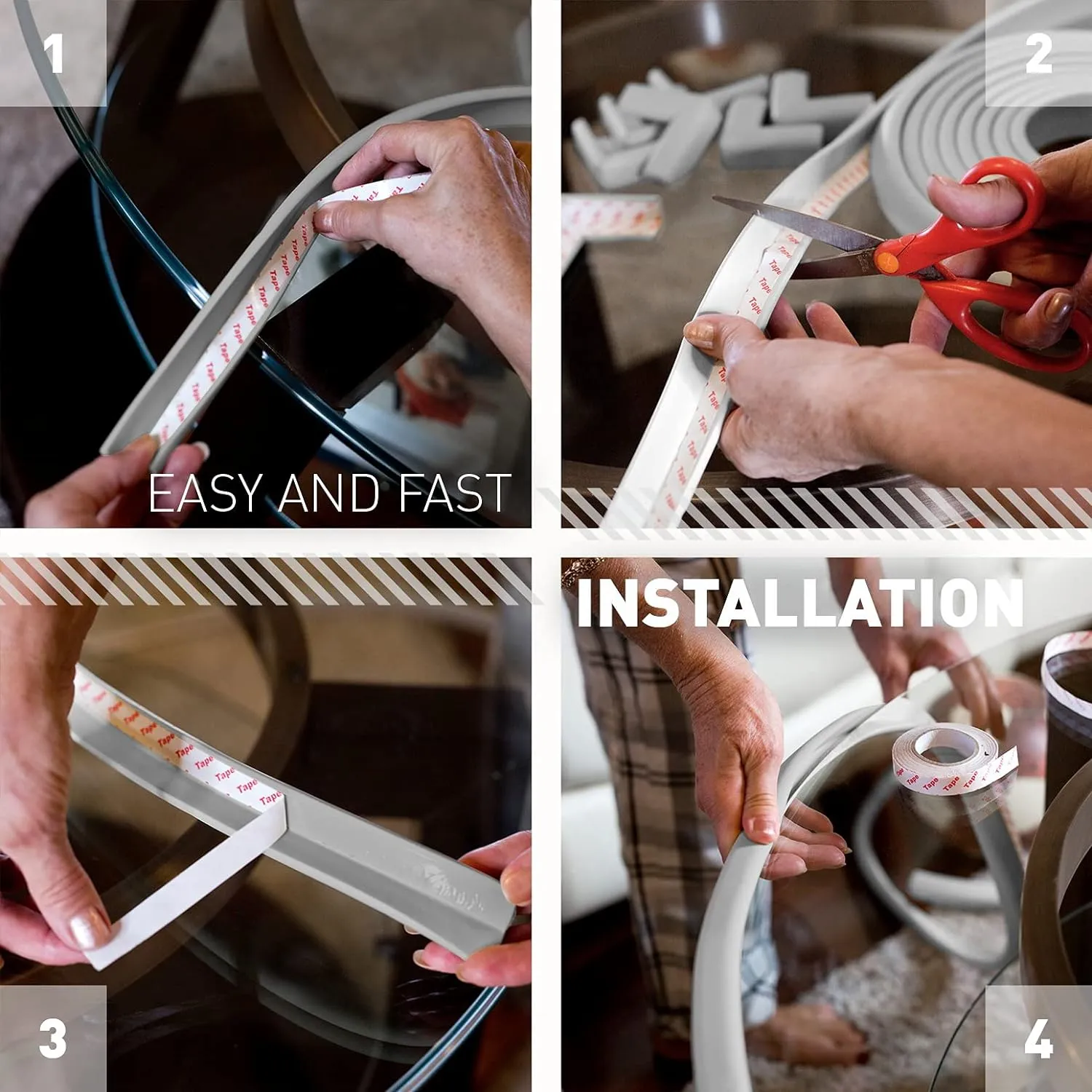rubber strip for door seal
The Importance of Rubber Strips for Door Seals
When it comes to maintaining a comfortable and energy-efficient home, many homeowners overlook the crucial role of door seals. One often underestimated component of these seals is the rubber strip, which plays a vital role in numerous aspects of door performance and overall home comfort. This article will explore the importance of rubber strips for door seals, their benefits, and how to properly install them.
What Are Rubber Strips for Door Seals?
Rubber strips, also known as door weather stripping, are flexible materials attached around the edges of doors to prevent air leaks, dust, and moisture from entering or escaping a living space. Made from various types of rubber, these strips can be manufactured in different thicknesses, widths, and lengths, making them adaptable for various door types and sizes. Whether it’s a front door, back door, or even sliding glass doors, rubber strips are essential for an efficient sealing solution.
Benefits of Using Rubber Strips for Door Seals
1. Energy Efficiency One of the most significant advantages of rubber strips is their ability to enhance energy efficiency. By sealing gaps around doors, they prevent heated or cooled air from escaping your home. This leads to reduced energy consumption and lower utility bills, as your heating and cooling systems do not have to work as hard to maintain the desired temperature.
2. Draft Reduction Drafts can be a nuisance, particularly in transitional seasons. Rubber strips for door seals effectively block cold air in the winter and hot air in the summer. This makes your home more comfortable year-round, ensuring you remain cozy without the need for constant adjustment of thermostats.
3. Noise Reduction Another advantage of rubber strips is their sound-dampening qualities. By sealing the gaps around doors, these strips help to reduce external noise, allowing for a quieter and more peaceful indoor environment.
4. Pest Control Rubber door seals can also provide an added layer of protection against pests. Bugs and small rodents often find their way into homes through tiny gaps around doors. By installing rubber strips, you can create a barrier that discourages these unwelcome visitors.
5. Moisture Control Moisture can lead to several issues, including mold growth and wood rot. Rubber door seals help to prevent water from entering your home during rainy seasons or floods, keeping your living space dry and safe.
rubber strip for door seal

How to Install Rubber Strips for Door Seals
Installing rubber strips for door seals is a straightforward process that can be accomplished with minimal tools
. Here’s a step-by-step guide1. Measure the Door Start by measuring the height and width of the door frame to determine how much rubber strip you need.
2. Choose the Right Type of Rubber Strip Depending on your door type and the size of gaps, select an appropriate rubber strip. Options include adhesive-backed strips, V-shaped, or compression seals.
3. Prepare the Surface Clean the door frame thoroughly to ensure the adhesive will stick well. Remove any debris, dirt, or old weather stripping.
4. Cut the Rubber Strip If necessary, cut the rubber strip to size with scissors or a utility knife.
5. Apply the Strip Peel off the backing (if adhesive) and press the strip firmly onto the door frame, ensuring it aligns correctly and completely covers any gaps.
6. Test the Seal Close the door and check for any drafts. Make adjustments as necessary to ensure a tight fit.
Conclusion
Rubber strips for door seals may seem like a small detail, but their impact on energy efficiency, comfort, and protection is significant. By investing in high-quality rubber seals and ensuring proper installation, homeowners can enhance their living space’s overall quality. Whether you are tackling drafty doors or simply looking to improve your home’s insulation, rubber strips are a smart and practical solution.
-
Under Door Draught Stopper: Essential ProtectionNewsJul.31,2025
-
Garage Door Seal and Weatherstrips for ProtectionNewsJul.31,2025
-
Edge Banding Tape for Perfect EdgesNewsJul.31,2025
-
Table Corner Guards and Wall Corner ProtectorsNewsJul.31,2025
-
Stair Nose Edging Trim and Tile Stair SolutionsNewsJul.31,2025
-
Truck Bed Rubber Mats for Pickup BedsNewsJul.31,2025
-
Window Weather Stripping for Noise ReductionNewsJul.29,2025